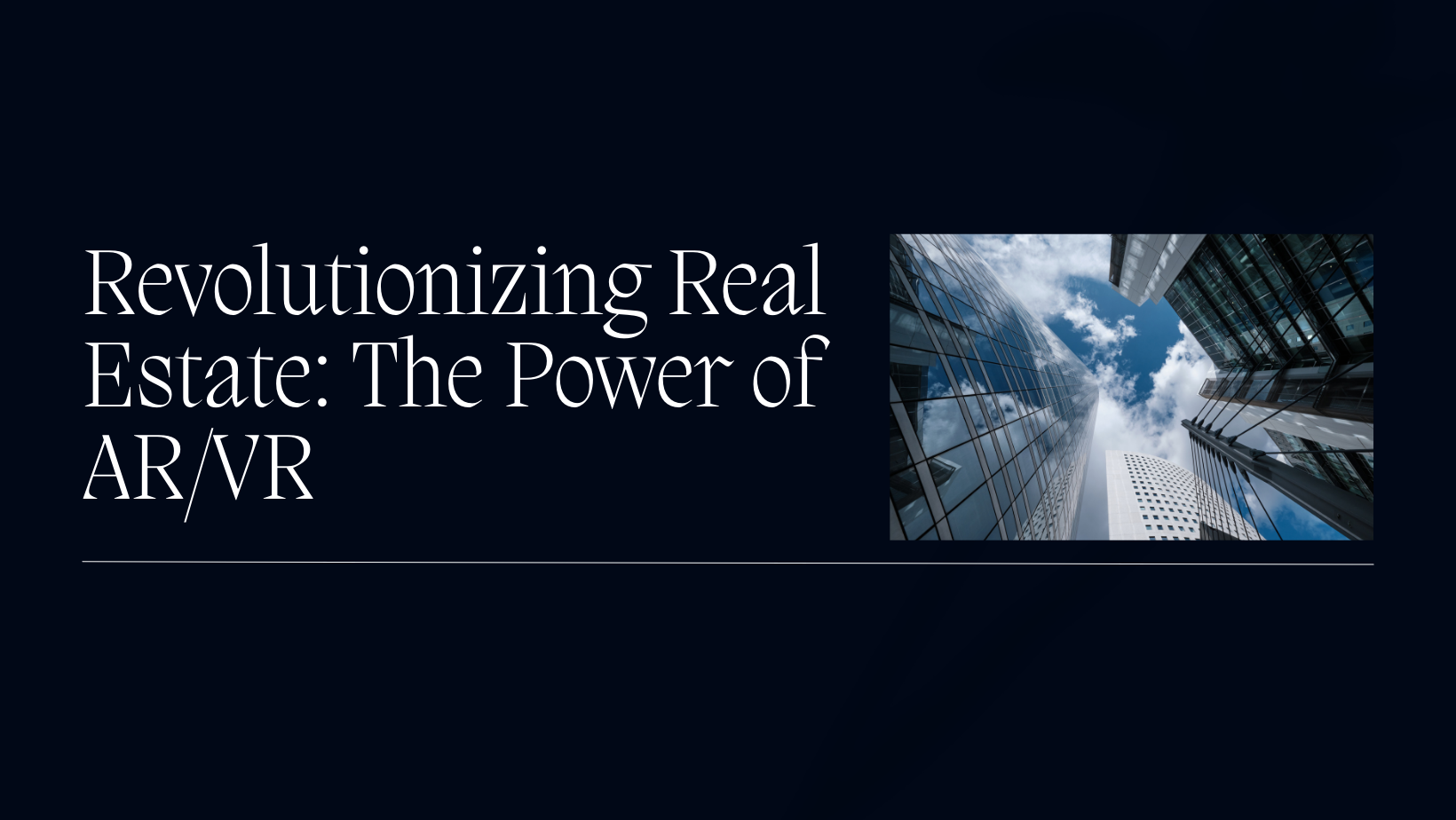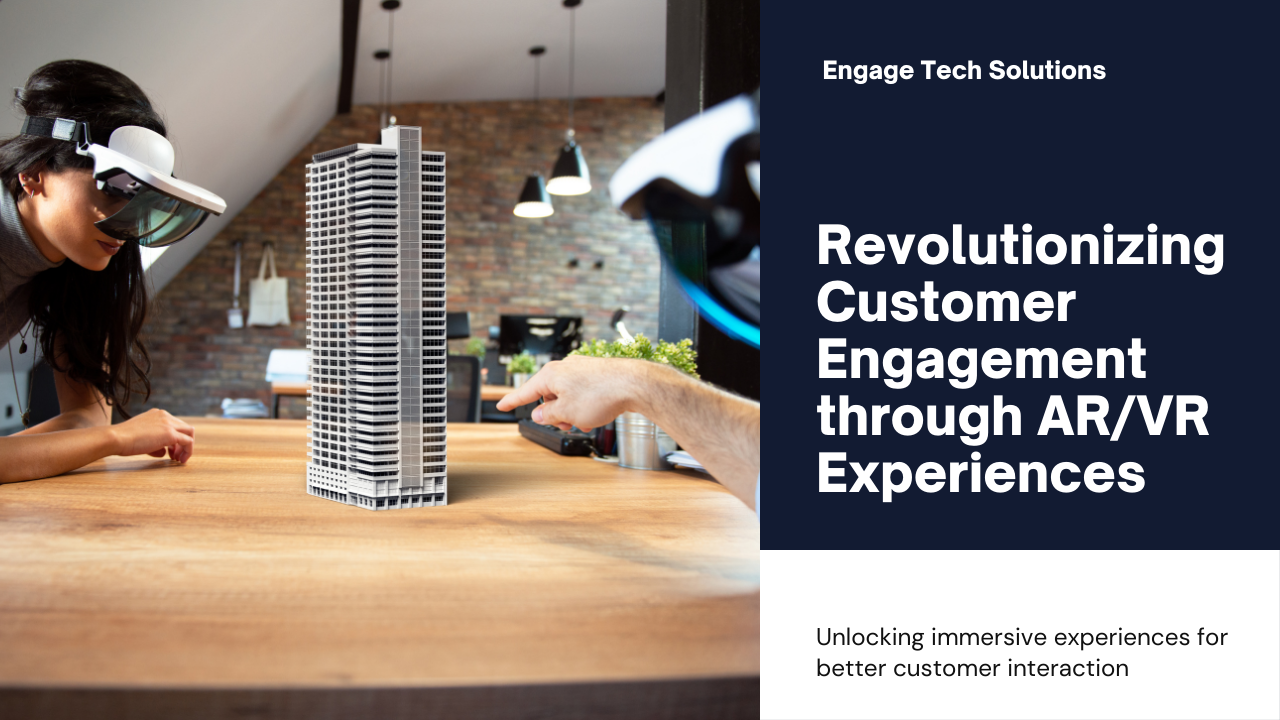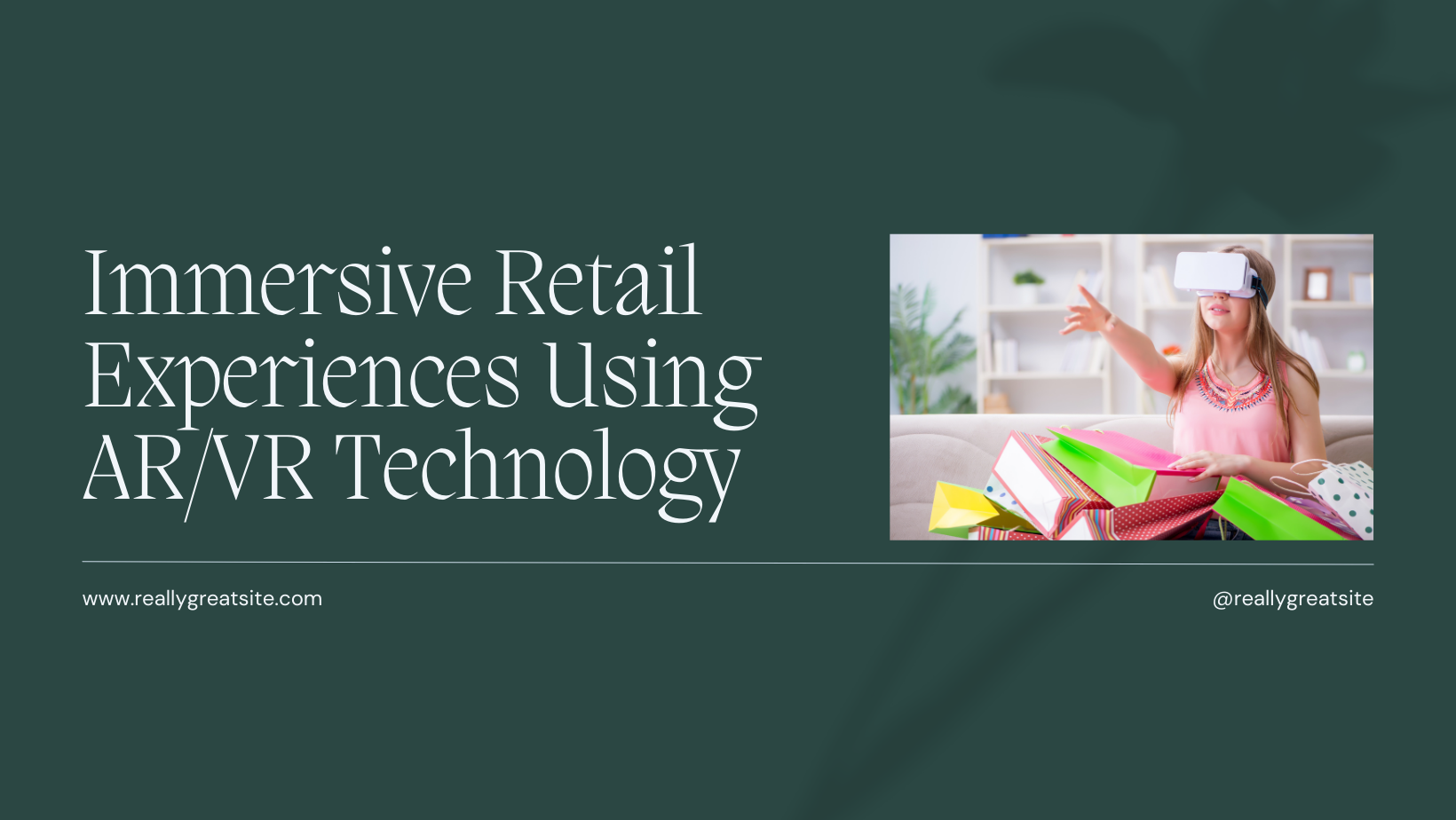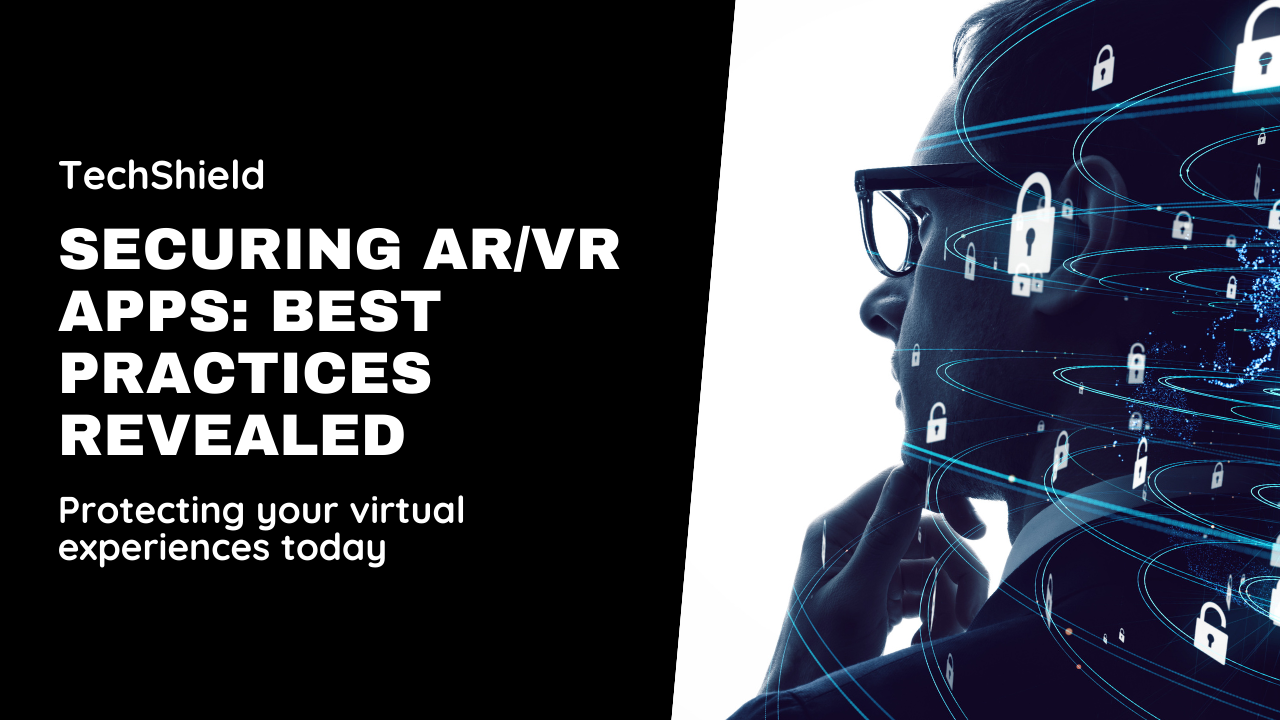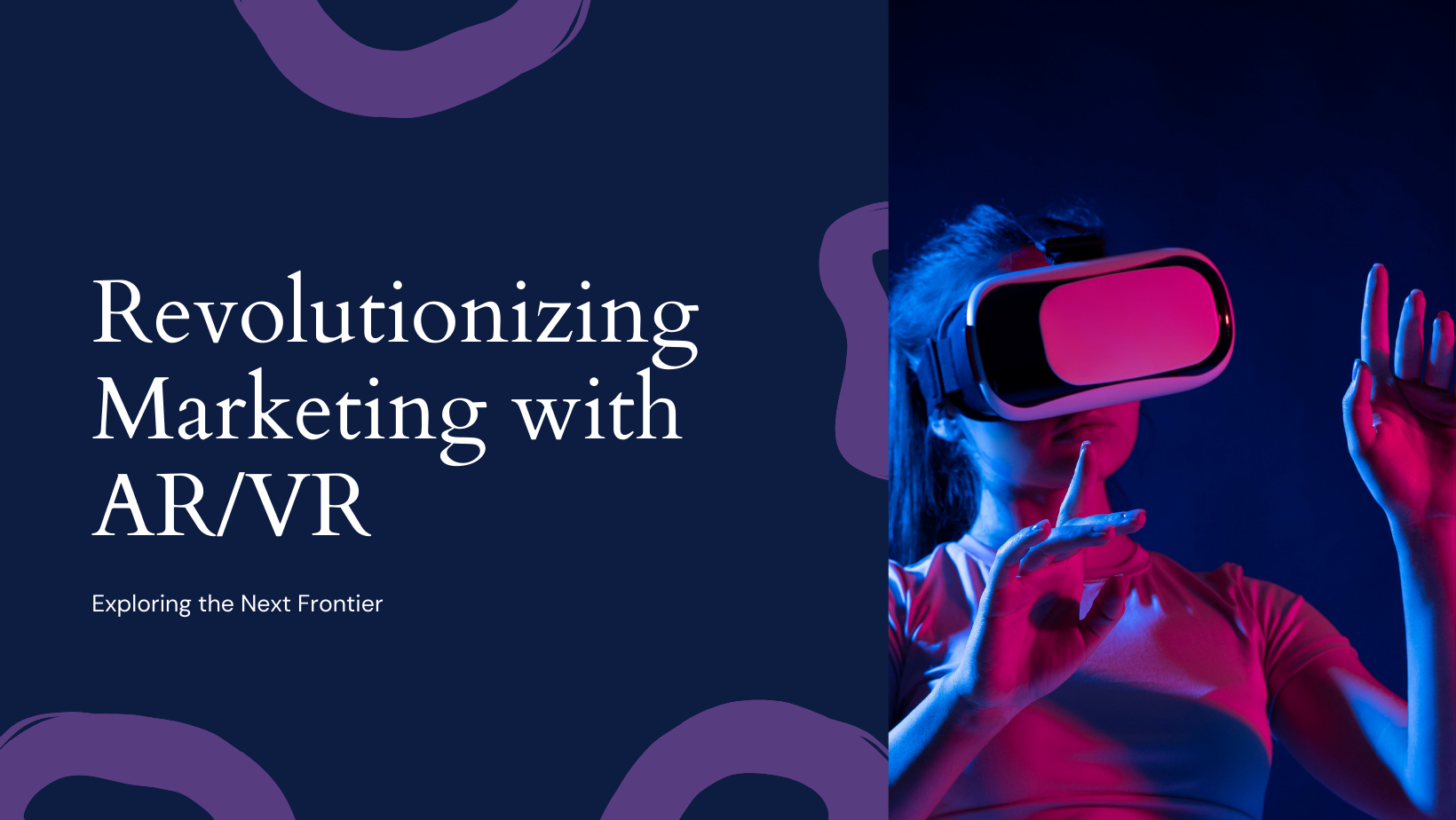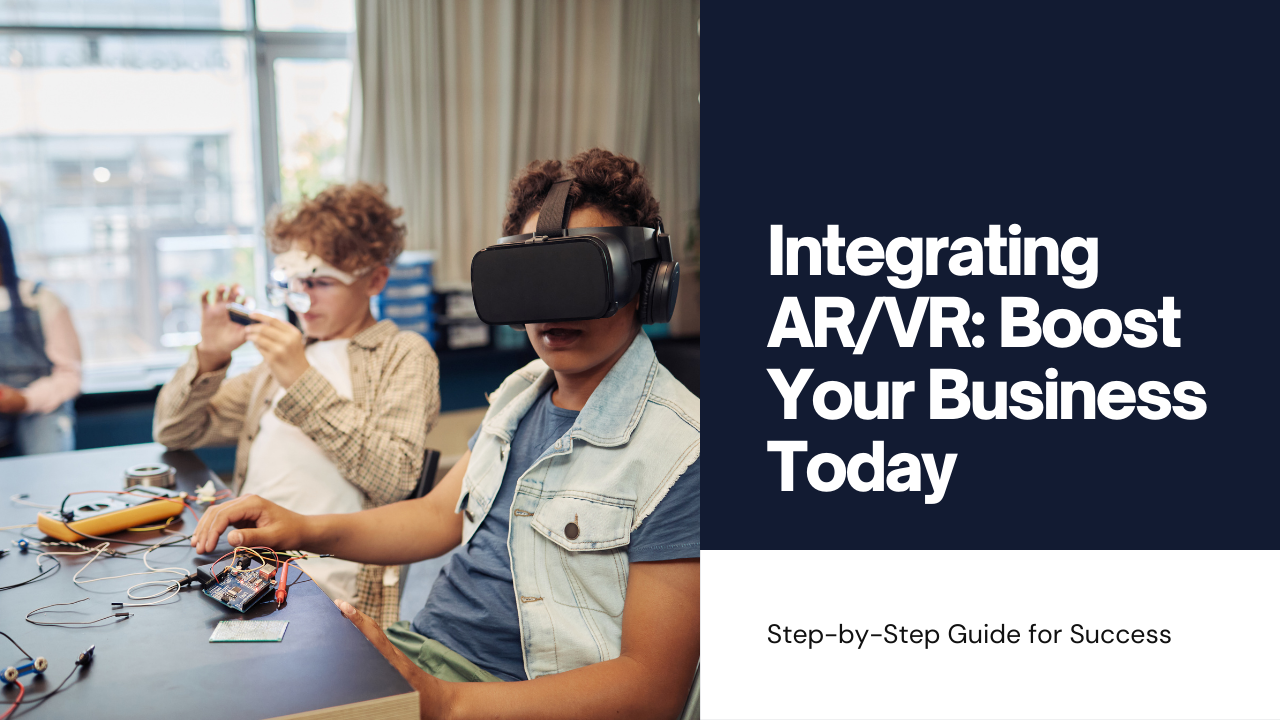The real estate industry has long been characterized by traditional practices, physical property tours, and face-to-face interactions. However, the advent of Augmented Reality (AR) and Virtual Reality (VR) technologies is revolutionizing this landscape, offering innovative solutions that are transforming the way properties are marketed, viewed, and sold. In this blog, we will explore the significant role AR and VR are playing in the real estate industry, the benefits they bring, and how Sodio Technologies is at the forefront of this digital transformation.
The Rise of AR/VR in Real Estate
AR and VR technologies have seen rapid advancements and widespread adoption across various industries, and real estate is no exception. These technologies offer immersive and interactive experiences, allowing potential buyers to explore properties from the comfort of their homes. The COVID-19 pandemic accelerated the adoption of AR/VR in real estate as lockdowns and social distancing measures limited in-person property tours.
Virtual Property Tours
One of the most significant impacts of VR in real estate is the ability to conduct virtual property tours. Virtual tours provide a 360-degree view of properties, allowing potential buyers to navigate through rooms, examine details, and get a realistic sense of space and layout. This immersive experience is far superior to static images or video walkthroughs, as it enables users to explore properties at their own pace and revisit areas of interest.
Augmented Reality for Interior Design
AR is enhancing the real estate experience by enabling users to visualize furniture and decor within a property. With AR apps, potential buyers can see how different pieces of furniture, color schemes, and design elements will look in a space before making any purchase decisions. This feature is particularly useful for new construction and unfurnished properties, helping buyers envision their future home and make informed choices.
Benefits of AR/VR in Real Estate
The integration of AR and VR technologies in real estate offers numerous benefits for buyers, sellers, and agents alike.
Enhanced Buyer Experience
AR and VR technologies provide an unparalleled level of convenience and engagement for buyers. Virtual property tours eliminate the need for physical visits, saving time and effort. Buyers can explore multiple properties in a short period, narrow down their options, and focus on the most promising ones. The ability to visualize furniture and decor through AR also helps buyers make more confident decisions.
Broader Reach and Marketability
For sellers, AR and VR open up new avenues for marketing properties. Virtual tours can be shared online, reaching a global audience and attracting international buyers who may not be able to visit in person. This increased exposure can lead to faster sales and higher selling prices. Additionally, AR-enhanced listings stand out in a crowded market, capturing the attention of tech-savvy buyers.
Cost and Time Savings
AR and VR technologies reduce the need for physical showings, which can be time-consuming and costly. Real estate agents can focus on serious buyers who have already experienced virtual tours and expressed genuine interest. This efficiency translates to reduced operational costs and quicker transaction times.
Competitive Advantage
Real estate companies that embrace AR and VR technologies gain a competitive edge in the market. By offering cutting-edge experiences, they can attract more clients, build stronger relationships, and establish themselves as industry leaders. As these technologies become more mainstream, early adopters will be well-positioned to thrive in the evolving real estate landscape.
AR/VR Use Cases in Real Estate
AR and VR technologies are being utilized in various innovative ways within the real estate industry. Here are some notable use cases:
Pre-Construction Visualization
For new developments, VR can provide virtual walkthroughs of properties that are still under construction. This allows buyers to get a realistic sense of the final product before it is completed. Developers can showcase different floor plans, design options, and amenities, helping buyers make informed decisions early in the construction process.
Virtual Staging
Staging a property with furniture and decor is a common practice to make it more appealing to buyers. VR takes this concept to the next level by offering virtual staging. Agents can create different staging scenarios, showcasing the potential of a space without the need for physical furniture. This flexibility allows for cost-effective and versatile marketing.
Remote Collaboration
AR and VR technologies enable remote collaboration between buyers, sellers, and agents. Buyers can join virtual tours with their agents, family members, or interior designers, regardless of their physical location. This collaborative approach facilitates better decision-making and streamlines the buying process.
Historical Property Tours
In addition to showcasing current properties, AR and VR can be used to recreate historical properties or previous versions of renovated homes. This adds a unique dimension to the real estate experience, allowing buyers to appreciate the history and evolution of a property.
Challenges and Considerations
While the benefits of AR and VR in real estate are significant, there are challenges and considerations to keep in mind.
Technology Adoption
The adoption of AR and VR technologies requires investment in hardware, software, and training. Real estate companies need to ensure that their agents and staff are proficient in using these tools to provide a seamless experience for clients.
High-Quality Content
The success of AR and VR experiences depends on the quality of the content. High-resolution images, accurate renderings, and smooth navigation are essential for creating immersive and convincing virtual tours. Investing in professional-grade equipment and skilled content creators is crucial.
User Experience
Ensuring a positive user experience is paramount. VR headsets and AR apps should be user-friendly and accessible. Potential buyers should be able to navigate virtual tours intuitively, without experiencing discomfort or technical issues.
Privacy and Security
As with any digital technology, privacy and security are important considerations. Real estate companies must protect the data and privacy of their clients, ensuring that virtual tours and AR experiences do not compromise sensitive information.
Sodio Technologies: Pioneering AR/VR in Real Estate
At Sodio Technologies, we are committed to driving innovation in the real estate industry through the development and integration of AR and VR solutions. Our expertise in cutting-edge technologies enables us to create immersive and engaging experiences that enhance the way properties are marketed and sold.
Custom AR/VR Solutions
We understand that every real estate project is unique, and our team works closely with clients to develop custom AR and VR solutions tailored to their specific needs. Whether it’s creating virtual property tours, developing AR apps for interior design, or offering pre-construction visualizations, we deliver high-quality and impactful experiences.
Seamless Integration
Our solutions are designed for seamless integration into existing real estate workflows. We provide comprehensive training and support to ensure that agents and staff can effectively utilize AR and VR technologies. Our goal is to make the transition to these advanced tools as smooth and efficient as possible.
Continuous Innovation
The real estate industry is constantly evolving, and so are we. At Sodio Technologies, we stay at the forefront of technological advancements, continually exploring new ways to leverage AR and VR to benefit our clients. Our commitment to innovation ensures that our clients remain competitive and well-prepared for the future.
Conclusion
The role of AR and VR in real estate is transformative, offering unprecedented opportunities for buyers, sellers, and agents. These technologies enhance the buying experience, broaden market reach, and provide cost and time savings. As the real estate industry continues to embrace digital transformation, AR and VR will play an increasingly vital role in shaping its future.
At Sodio Technologies, we are proud to be leaders in this exciting journey, developing and implementing AR and VR solutions that drive success for our clients. By harnessing the power of these technologies, we are helping to create a more dynamic, engaging, and efficient real estate market.
